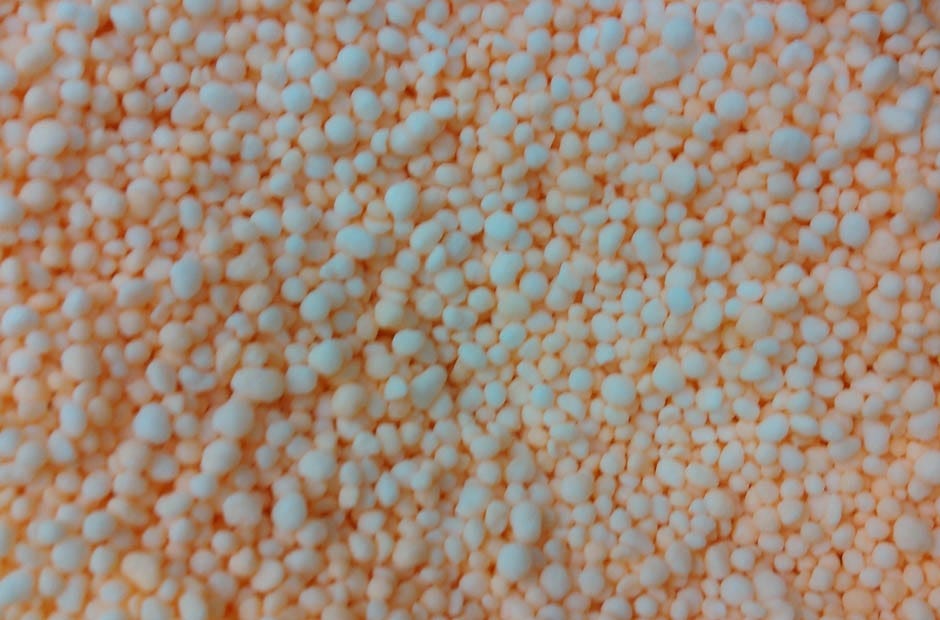![Polymer-coated urea is one balanced nutrient used to fertilize crops. [Special to the News Bulletin]](http://127.0.0.1/wordpress/wp-content/uploads/2022/01/ghows-DA-4bcfd7f1-6d63-42da-e053-0100007fcb55-0364731f.jpeg)
An innovative, research-based approach to fertilizer best management practices is to apply fertilizers considering the "4Rs" – right rate, right time, right place, and right source.
The 4R Nutrient Stewardship concept was developed by the International Plant Nutrition Institute to educate farmers, extension workers, researchers, decision-makers and anyone else interested in plant nutrient management.
The 4Rs are listed below.
Right rate
The right rate is determined by evaluating several factors and environmental conditions. We should always start with a soil test to determine current plant available nutrient levels in the soil. The University of Florida Food and Agricultural Sciences fertilizer recommendation is based on the plant available nutrients in the soil and the plant nutrient demand.
Right time
Nutrients should be applied when plants are actively taking up nutrients from the soil. This is dependent on plant species, variety and planting date. Also, predictable weather patterns affect the timing of fertilizer applications. Periods of high rainfall should be avoided because nutrient leaching losses will be higher. Split applications of fertilizers are best to decrease nutrient losses.
Also, predictable weather patterns affect the timing of fertilizer applications. Periods of high rainfall should be avoided because nutrient leaching losses will be higher. Split applications of fertilizers are best to decrease nutrient losses.
Right place
The goal of fertilization is to optimize the number of nutrients that are available to the plant in the root zone and to decrease nutrient losses due to leaching.
Right source
The goal is choosing a source that will provide plant available nutrients when the plants are actively taking up nutrients, while decreasing nutrient losses to the environment. Nutrients include macronutrients and micronutrients.
Balanced nutrients should be applied to meet the crop demands. Sources include ammonium nitrate, ammonium sulfate, urea, controlled-release products such as polymer-coated urea, and slow-release products such as biosolids and manures.
Contact the Okaloosa County Extension Office at 689-5850 if you have questions regarding fertilization of your lawn, pasture, or garden. We will be happy to help you apply the 4Rs to your home or farm.
Jennifer Bearden is an agent at the University of Florida's Institute of Food and Agricultural Sciences Extension office in Crestview.


This article originally appeared on Crestview News Bulletin: The four Rs of fertilization
